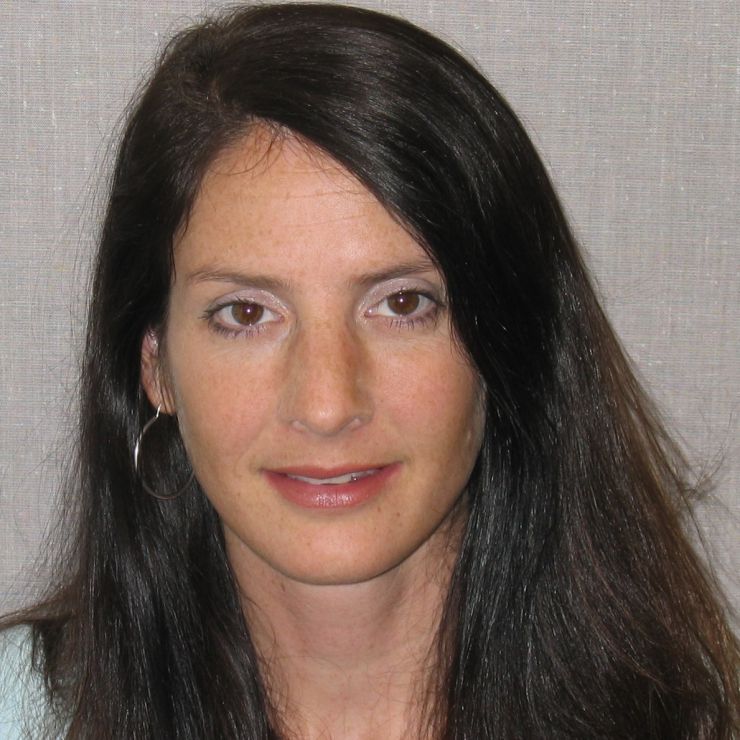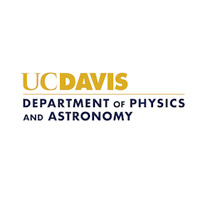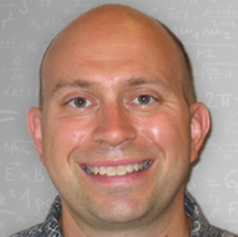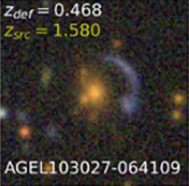
Robin Erbacher one of 7 UC Davis faculty to make World's Top Female Scientists list
Physics professor Robin Erbacher is one of seven UC Davis faculty members recognized among the top female scientists around the globe, as assessed by Research.com in its first ranking of the "Best Female Scientists in the World"






